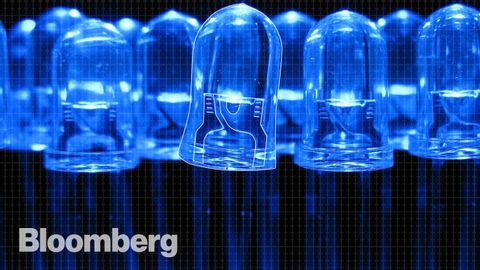藍色LED如何改變世界 (How Blue LEDs Changed the World)
April Lu 發佈於 2021 年 01 月 14 日  沒有此條件下的單字
沒有此條件下的單字US /məˈtɪriəl/
・
UK /məˈtɪəriəl/
- n. (c./u.)布料;素材;資料;材料;物質
- adj.重要的;物質的
US /ɪnˈɡridiənt/
・
UK /ɪnˈgri:diənt/
US /ruˈtin/
・
UK /ru:ˈti:n/
- adj.例行 ; 公事 ; 日常工作;例行的;常規的;一成不變的
- n. (c./u.)例程;例行公事;日常工作;乏味;常規
US /ɪkˈspɪriəns/
・
UK /ɪk'spɪərɪəns/
- n. (c.)經驗;(學到東西的)經驗;經驗;經歷
- n. (c./u.)經驗;經歷;工作經驗
- v.t./i.經歷;體驗

